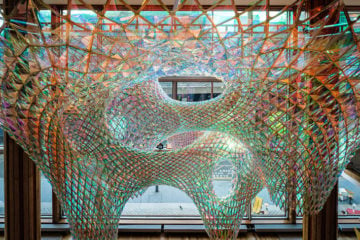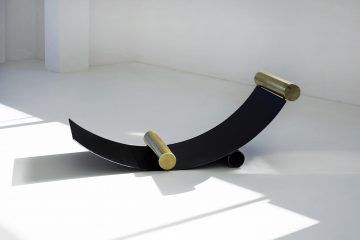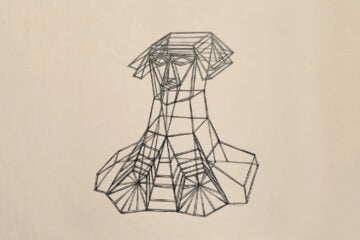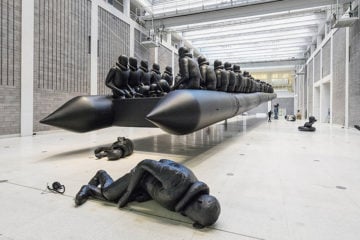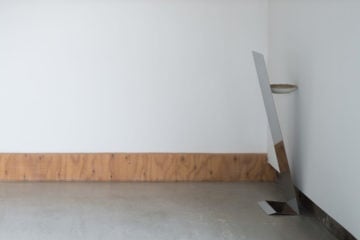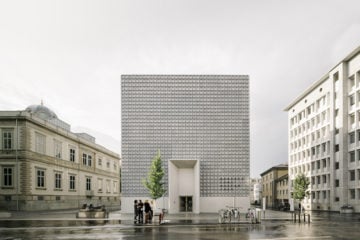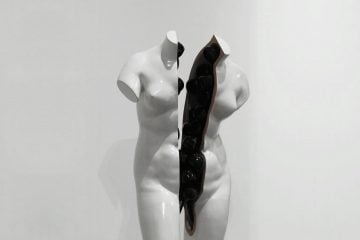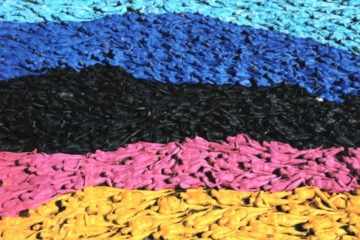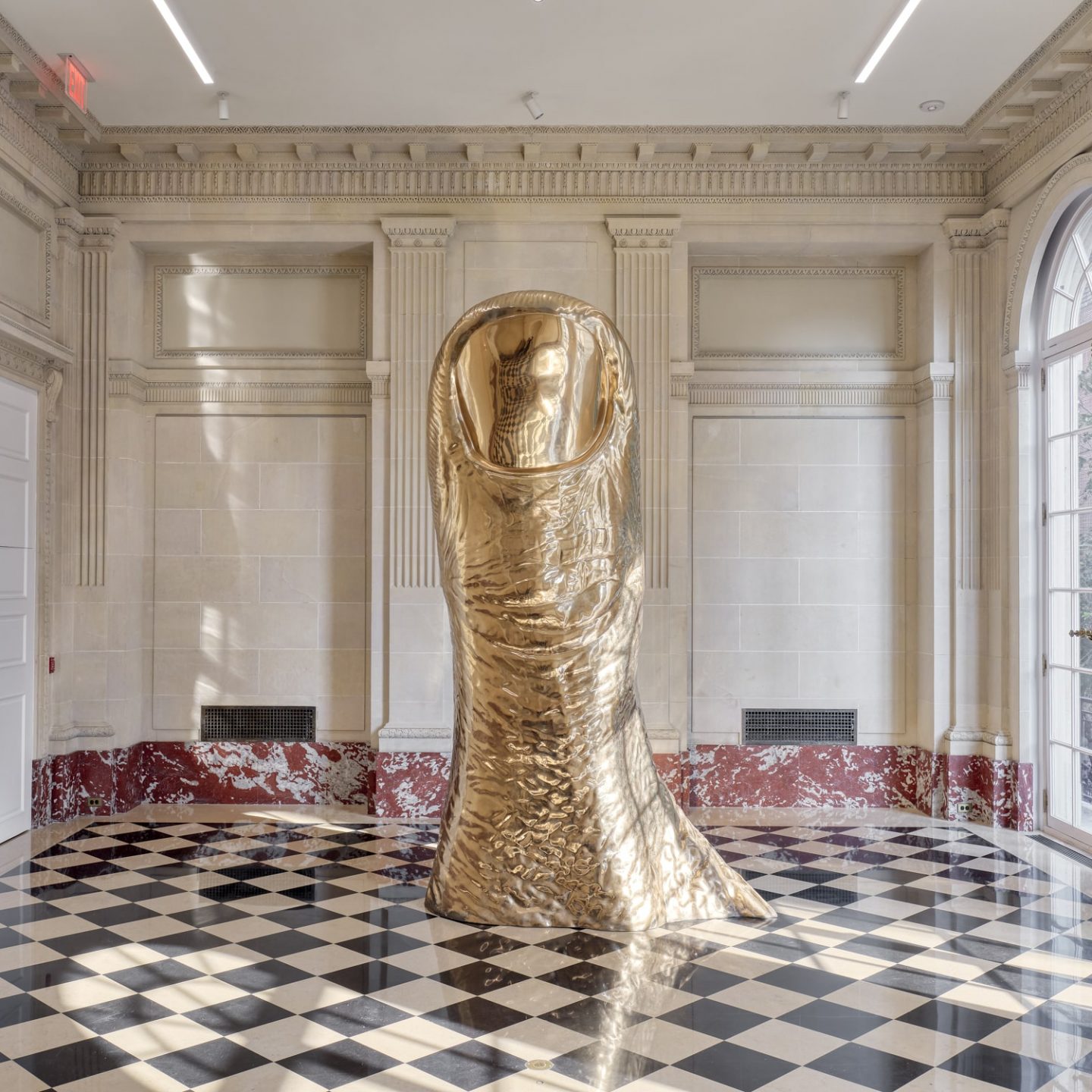
- Name
- César Baldaccini
- Project
- Sacred Anarchy
- Words
- Steph Wade
Celebrating the life and work of revered French sculptor César Baldaccini (1921–1998), New York City gallery Salon 94—in collaboration with Fondation César and Dayan Rohatyn—has presented a retrospective exhibition of his large-scale works, titled ‘César: Sacred Anarchy’.
Honoring the centenary of the artist’s birth, the exhibition ranges from his Human Imprints from the 1960s and Expansions from the 1970s, to his Championnes and Compressions
conceived throughout his life. “Since the start of César’s career, the complex and performative nature of his practice has captured the attention of even the most suspect of viewers, which included James Baldwin,” explains a statement from the gallery. Underpinning ‘César: Sacred Anarchy’ is Baldwin’s articulation of César’s artistic contributions. The pair first met in a nightclub in Paris in the 1970s, where the esteemed American writer enjoyed the artist’s work from their first encounter, in particular César’s piece titled ‘Pouce’—a massive marble sculpture based on César’s own thumb. (A towering bronze version of Pouce (1965/1988, cast 2019) is part of Salon 94’s exhibit.) It has been said that this sculpture expresses César’s irreverence for the high art world, giving the thumb, so to speak, to the French postwar milieu.
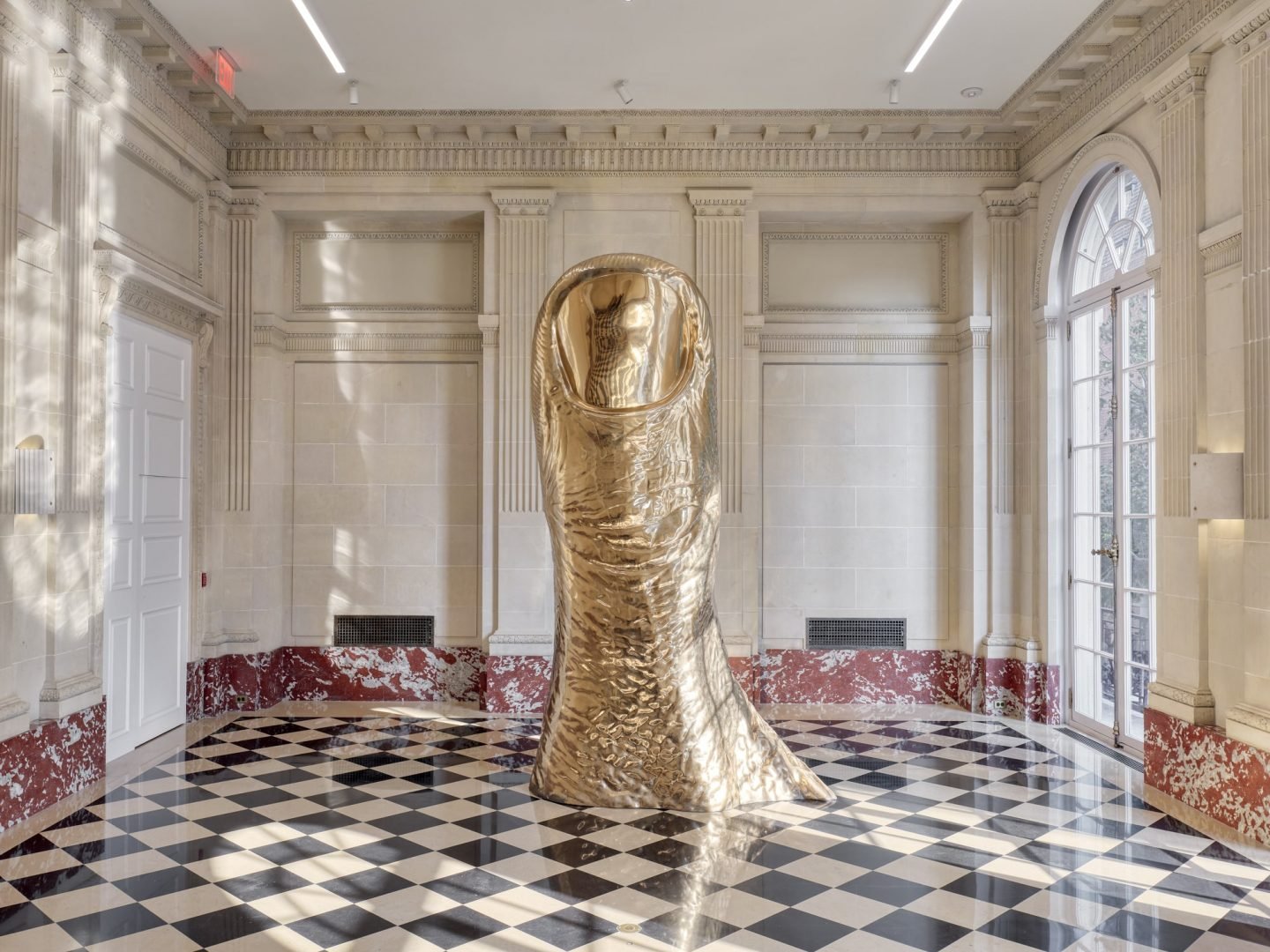
César Pouce, 1965/1988, cast 2019 Polished bronze 137 3/4 x 78 3/4 x 55 7/8 inches (350 x 200 x 142 cm) (Cesar 11)
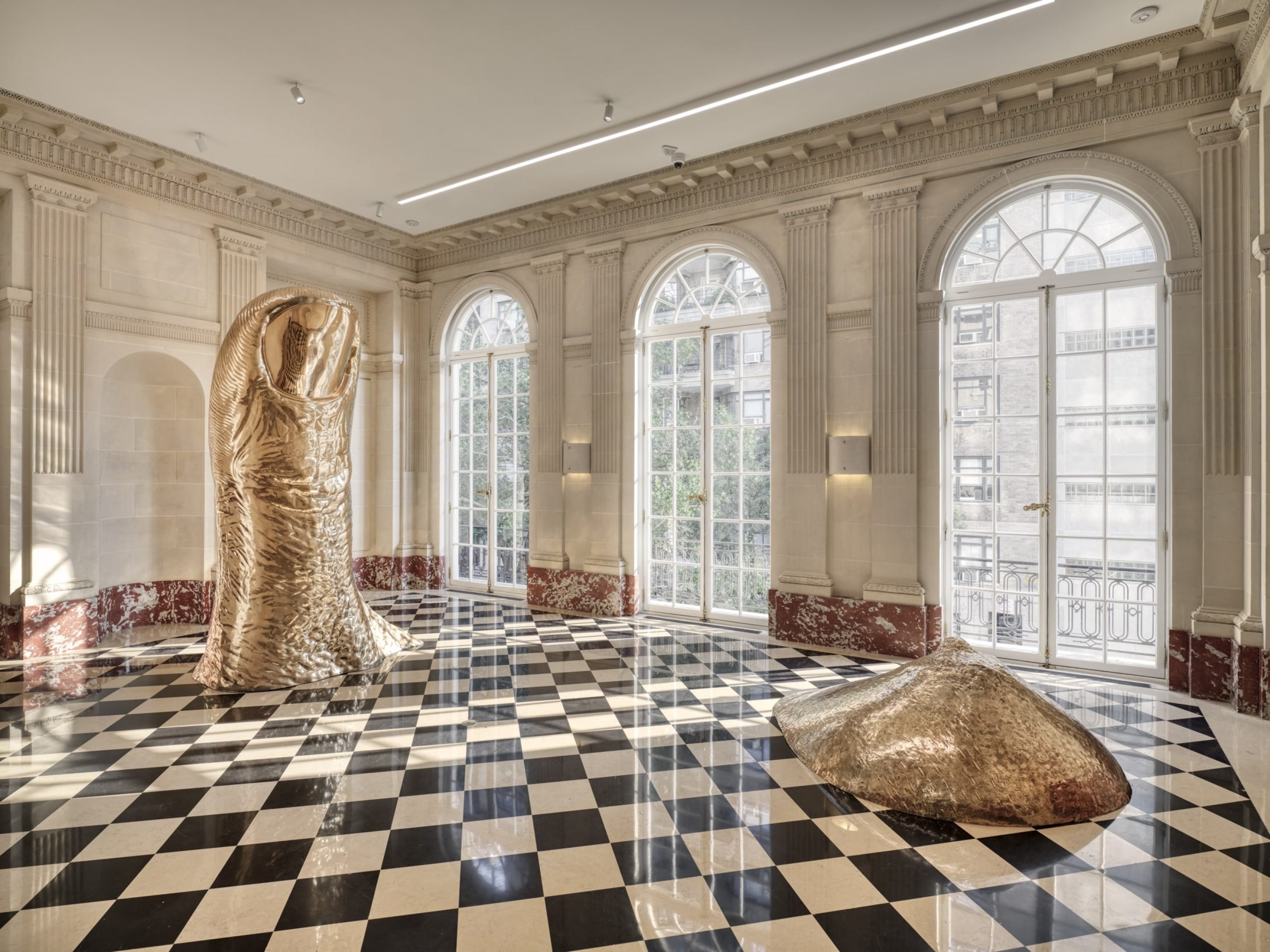
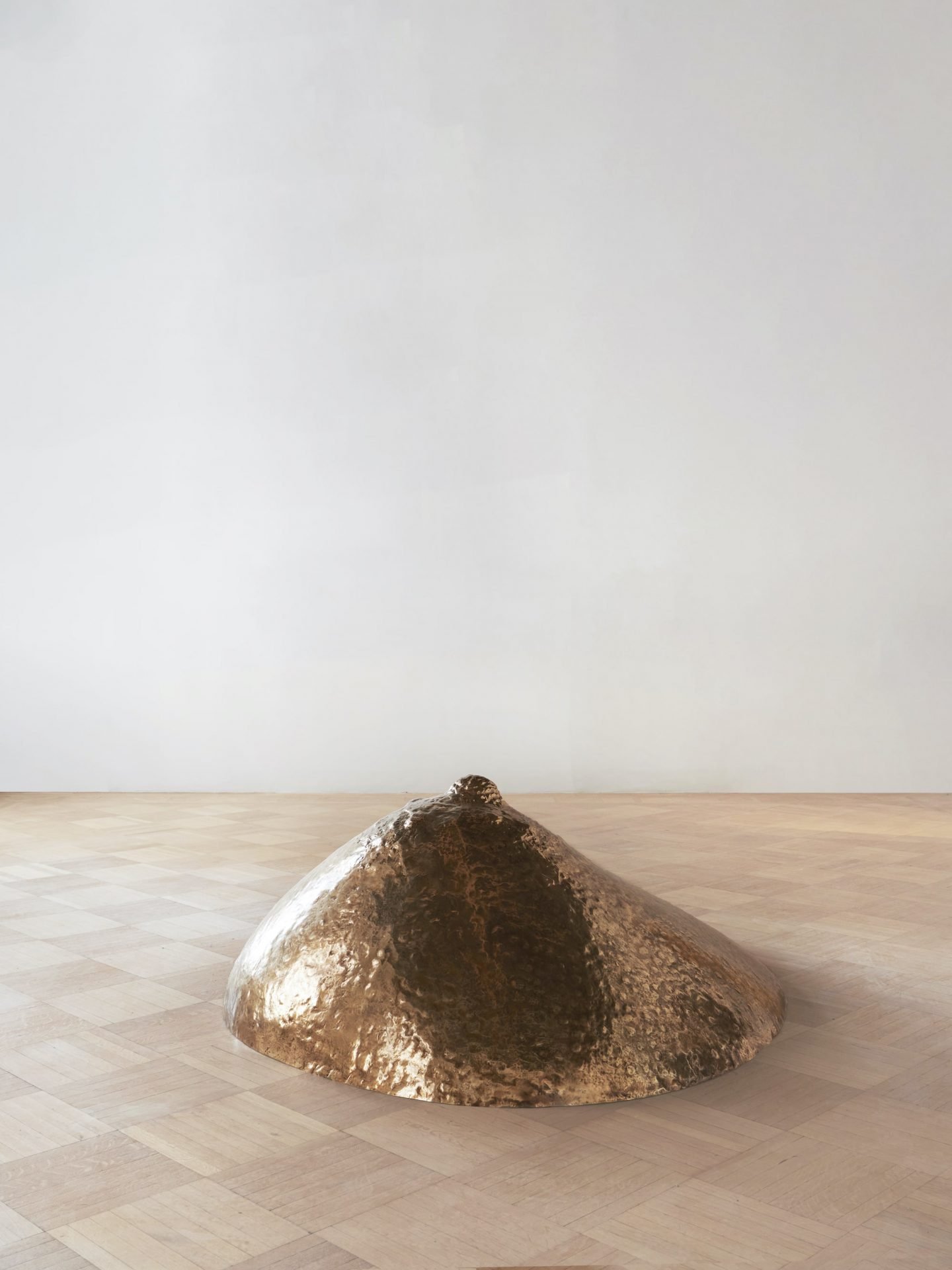
César Le Sein, 1966, cast 2019 Bronze 35 3/8 x 92 7/8 inches (90 x 236 cm) (Cesar 3)
The exhibition’s title is borrowed from a line in Baldwin’s essay ‘Compressions: The Man and the Machine’ published in French in 1973, in response to Baldwin’s observation of the creation process of one of César’s works, ‘Compression’. To create the piece, César had a brand new motorcycle crushed down in a machine, to which Baldwin wrote of witnessing the incredulous experience: “As they were staring at the scene, it was not clear in their eyes whether what they felt was hatred, envy, or simply some kind of sacred anarchy, a need for liberation resulting in an urge to destroy as well as create.” With this passage, Baldwin has conveyed the various tensions that César’s art stirs up: by mashing a motorcycle into a rectangular form and transforming an unmalleable machine into an artwork, César has also sabotaged a hypermasculine symbol of American idealism.
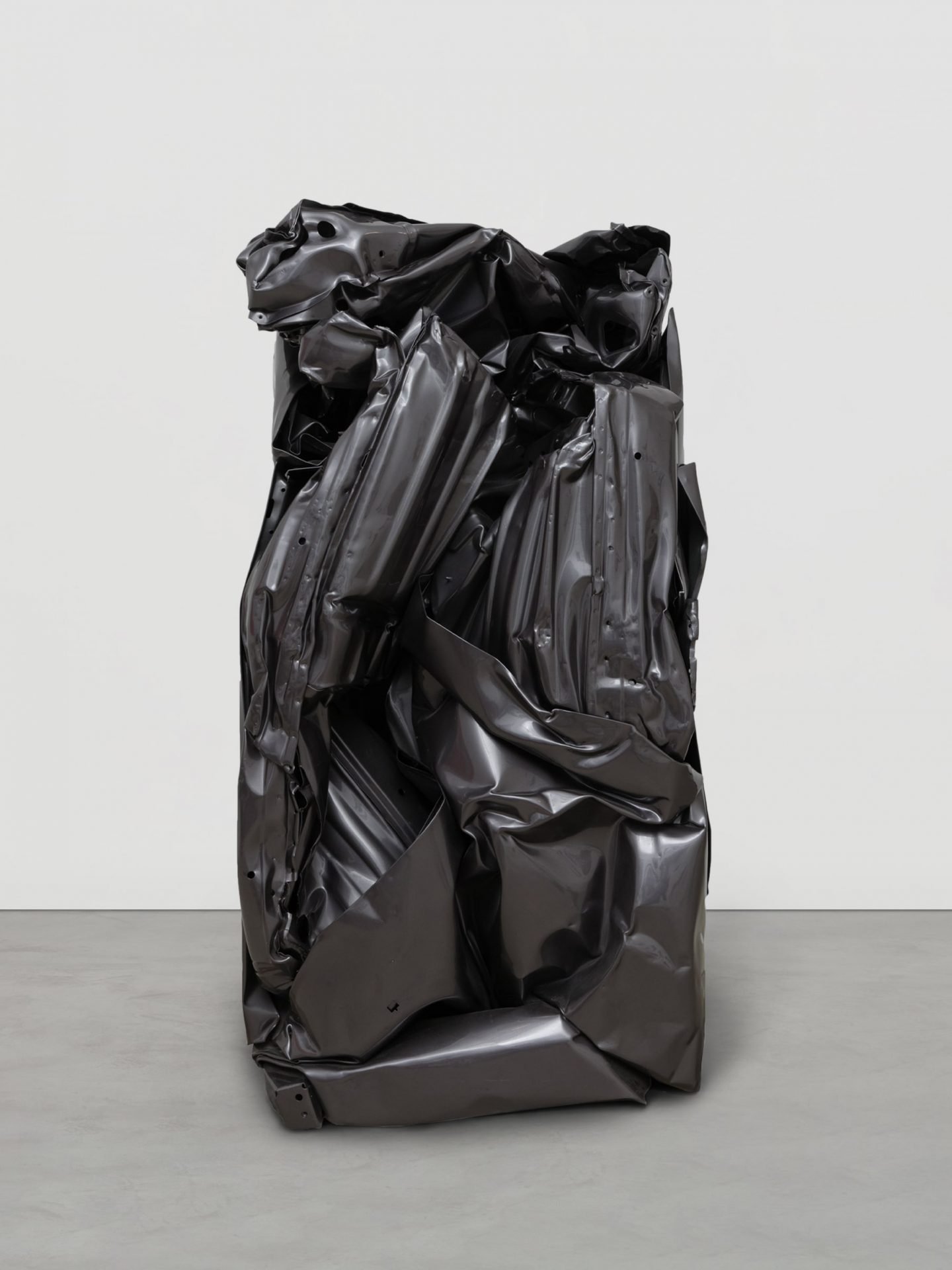
Black Storm 805, 1998 Compressed Fiat Marea: sheet metal 61 x 34 x 34 inches (154.9 x 86.4 x 86.4 cm) (Cesar 5)
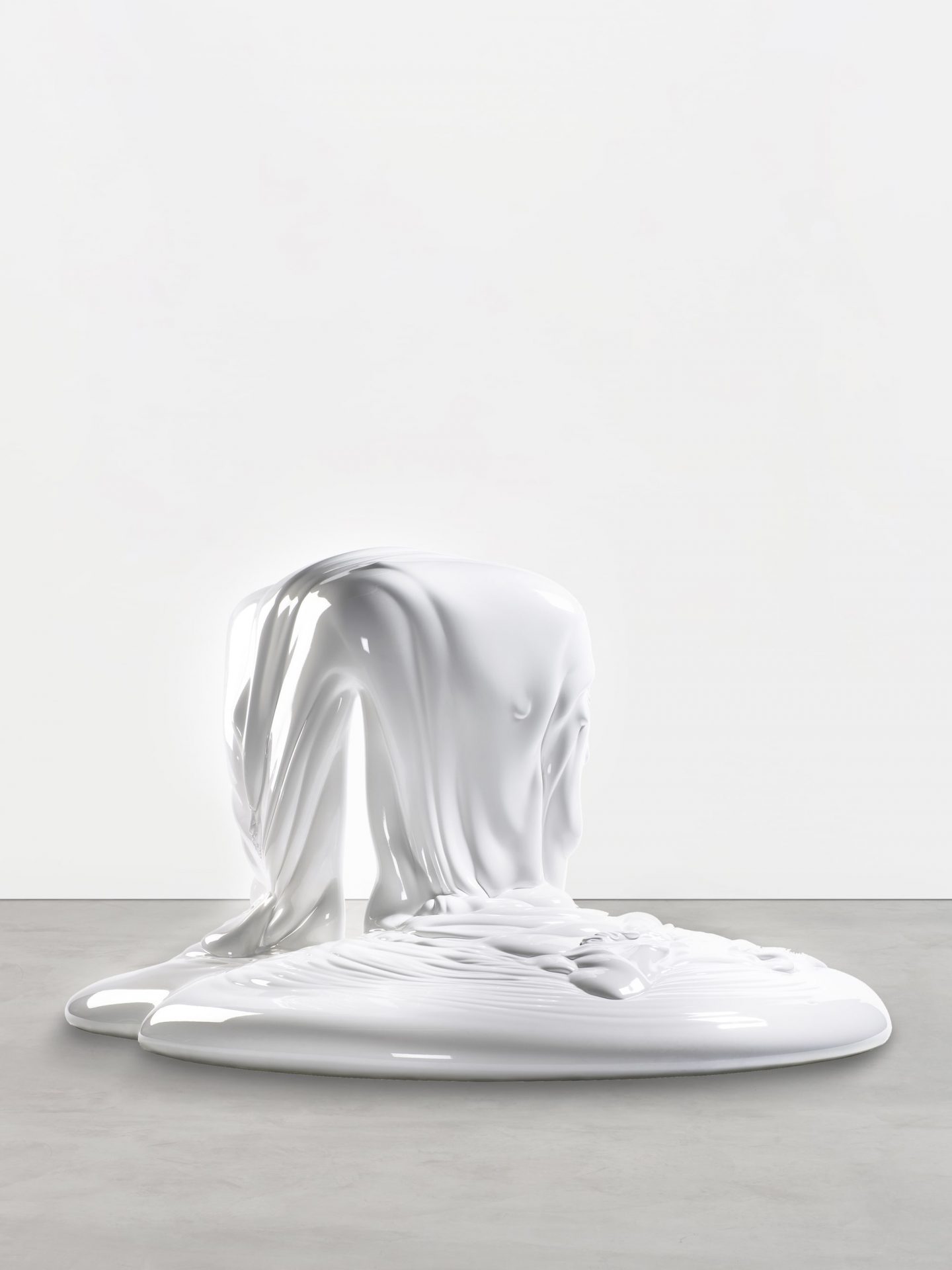
César Expansion N 37/10, 1971 Polyester reinforced with fiberglass, white lacquer 45 x 67 x 69 inches (114.3 x 170 x 175.3 cm) (Cesar 8)
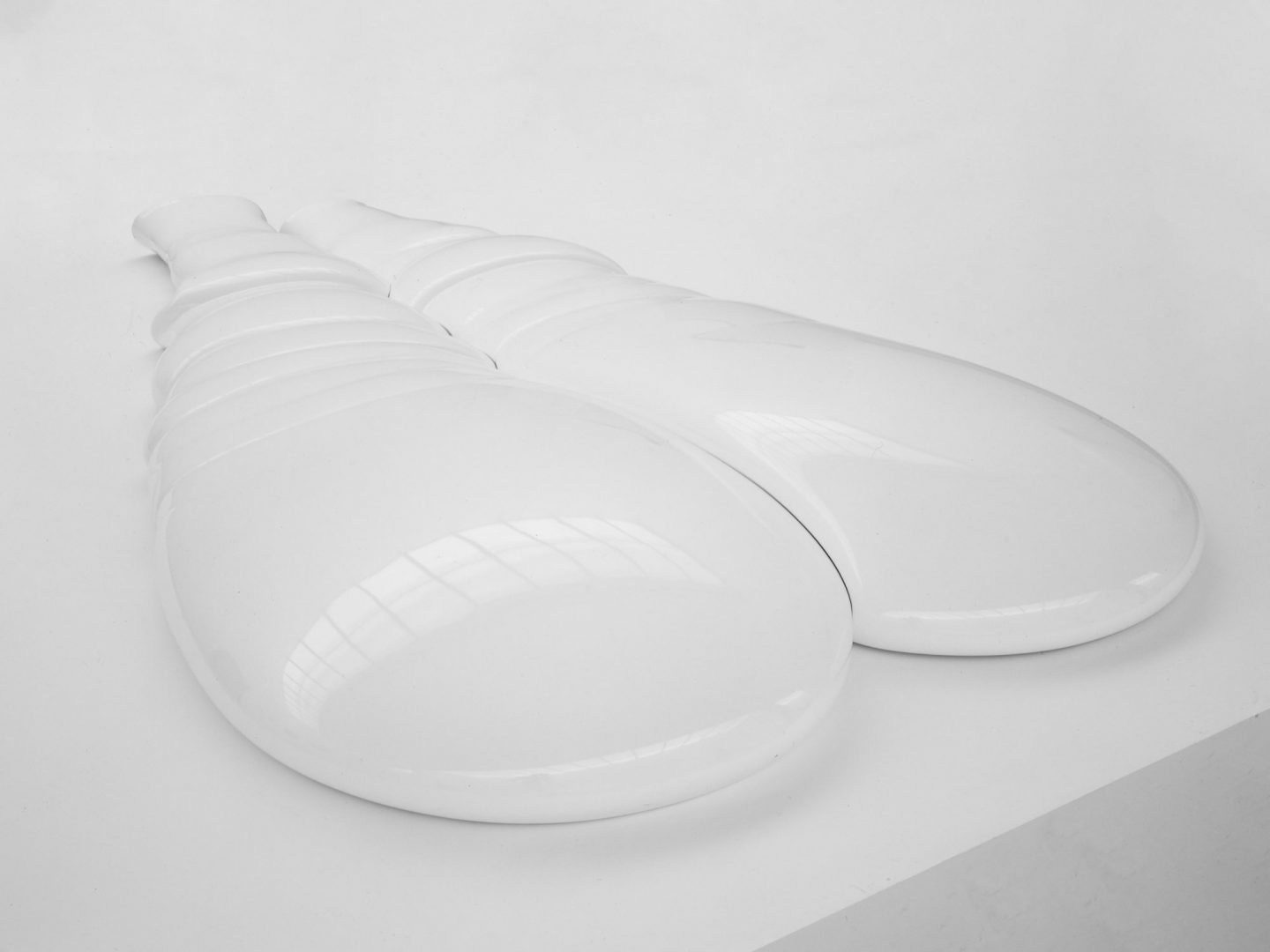
César Expansion Jumelles N°8 “Les jumelles”, 1969 Polyester reinforced with fiberglass, white lacquer 19 3/4 x 126 x 94 1/2 inches (50 x 320 x 240 cm) (Cesar 13)
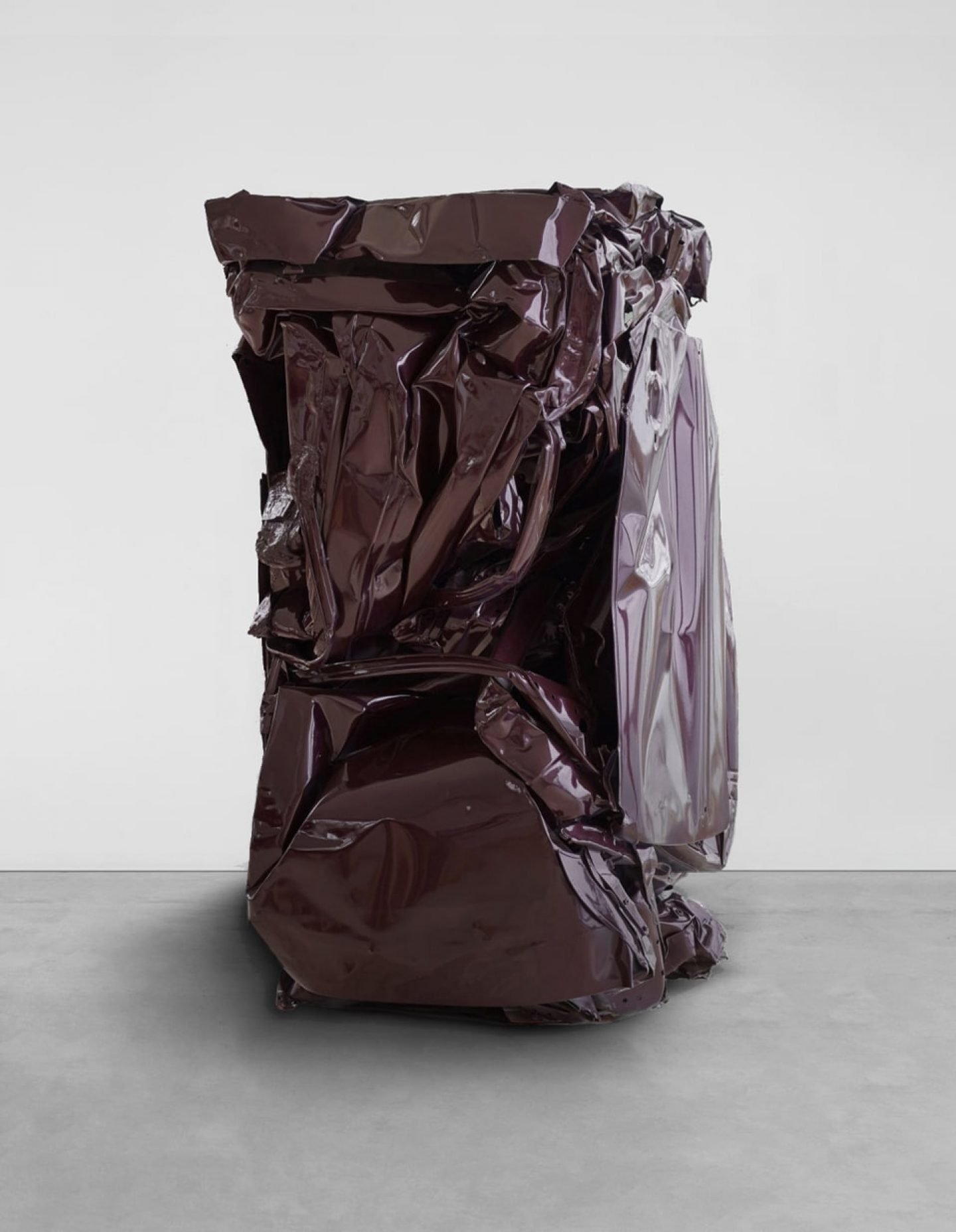
César Shock Red 165, 1998 Compressed Fiat Marea: sheet metal 69 3/4 x 33 1/8 x 32 1/4 inches (177 x 84 x 82 cm) (Cesar 15)
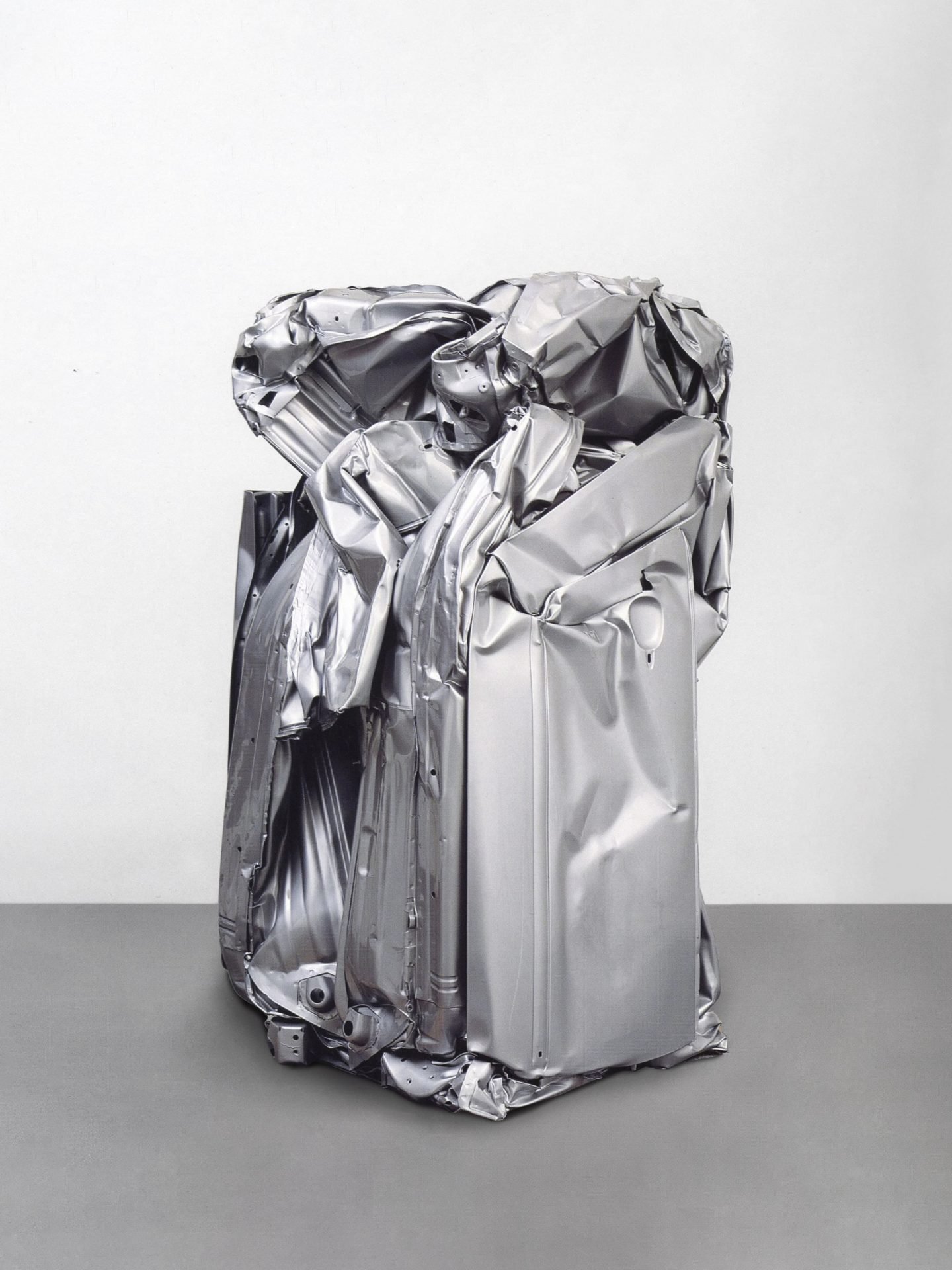
César Silver, 1998 Compressed Fiat Marea: sheet metal 68 1/8 x 35 1/8 x 31 7/8 inches (173 x 89 x 81 cm) (Cesar 4)
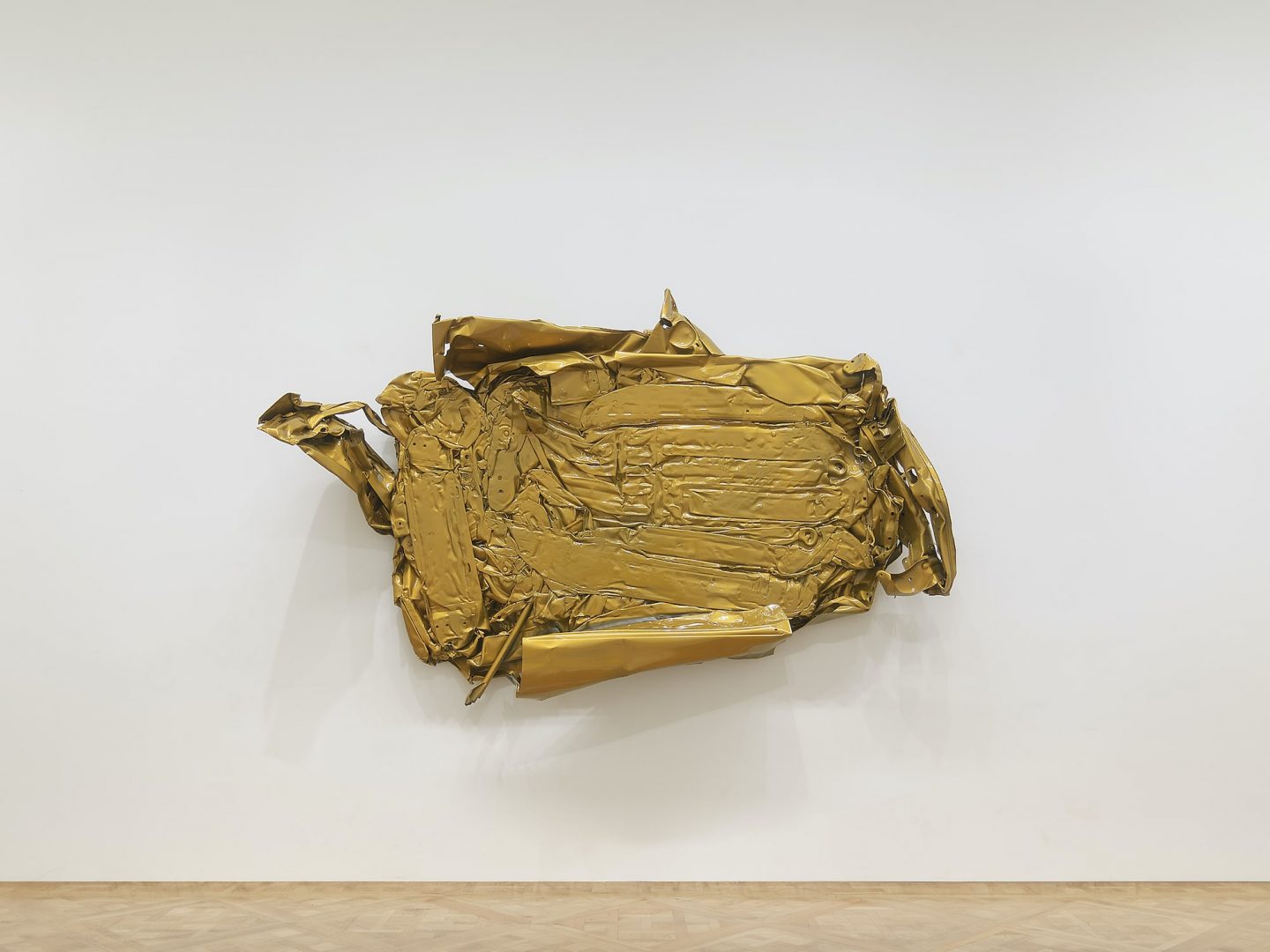
César Giallo Naxos, 1998 Compressed Fiat Marea: sheet metal 58 1/4 x 101 5/8 x 20 1/8 inches (148 x 258 x 51 cm) (Cesar 14)
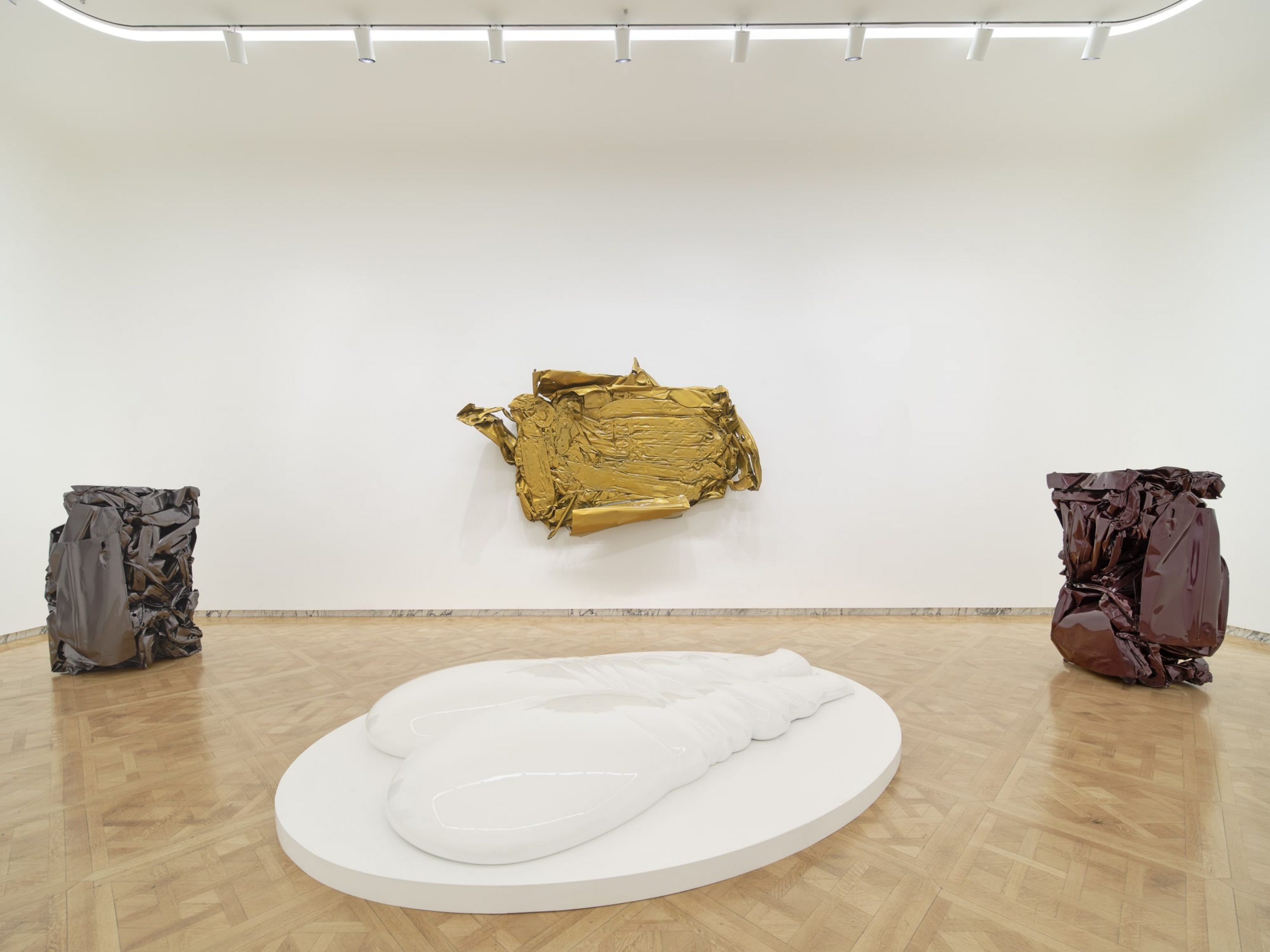
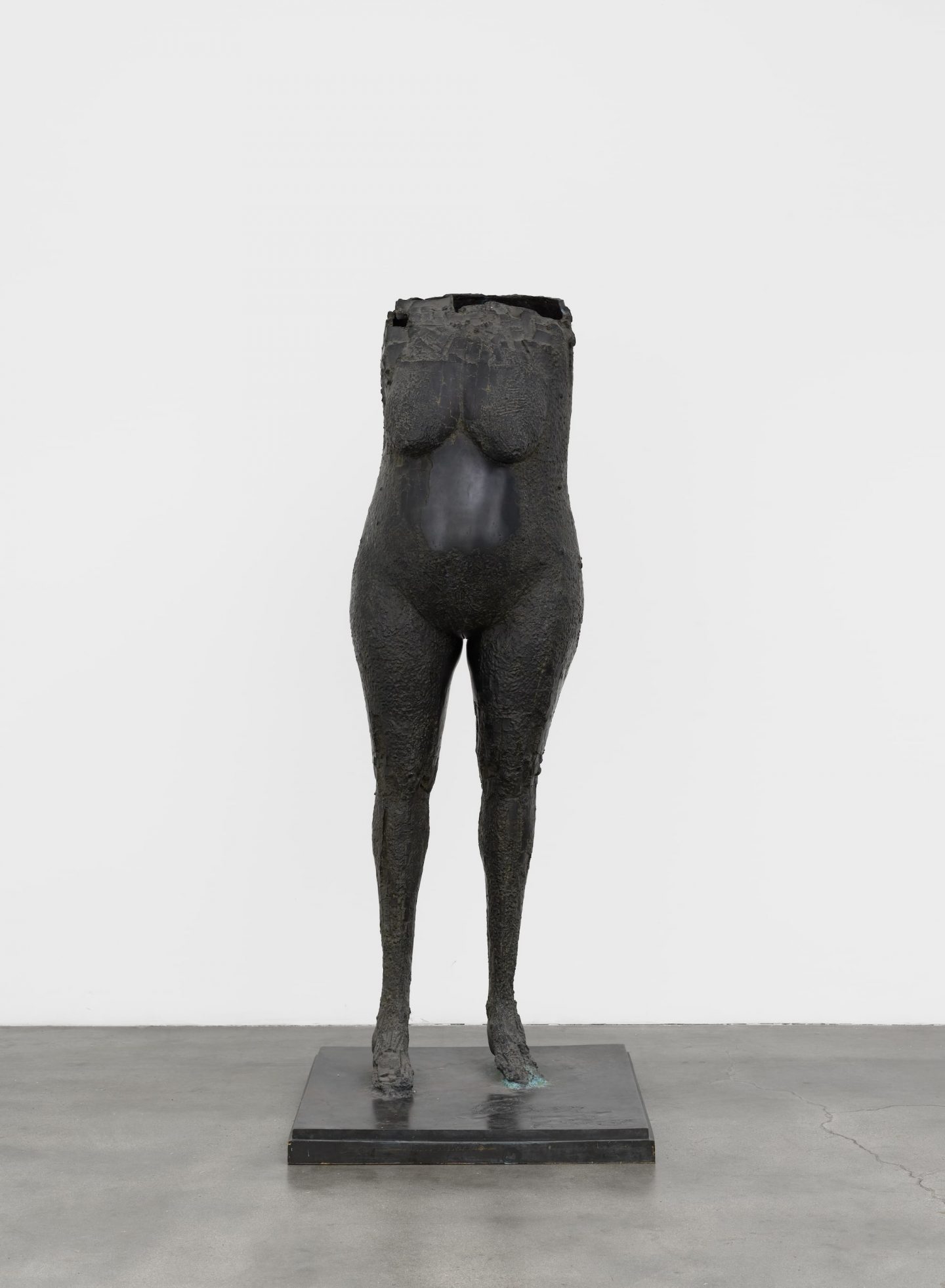
César Victoire de Villetaneuse, 1965 Bronze 90 1/2 x 36 1/4 x 40 1/8 inches (230 x 92 x 102 cm) (Cesar 12)
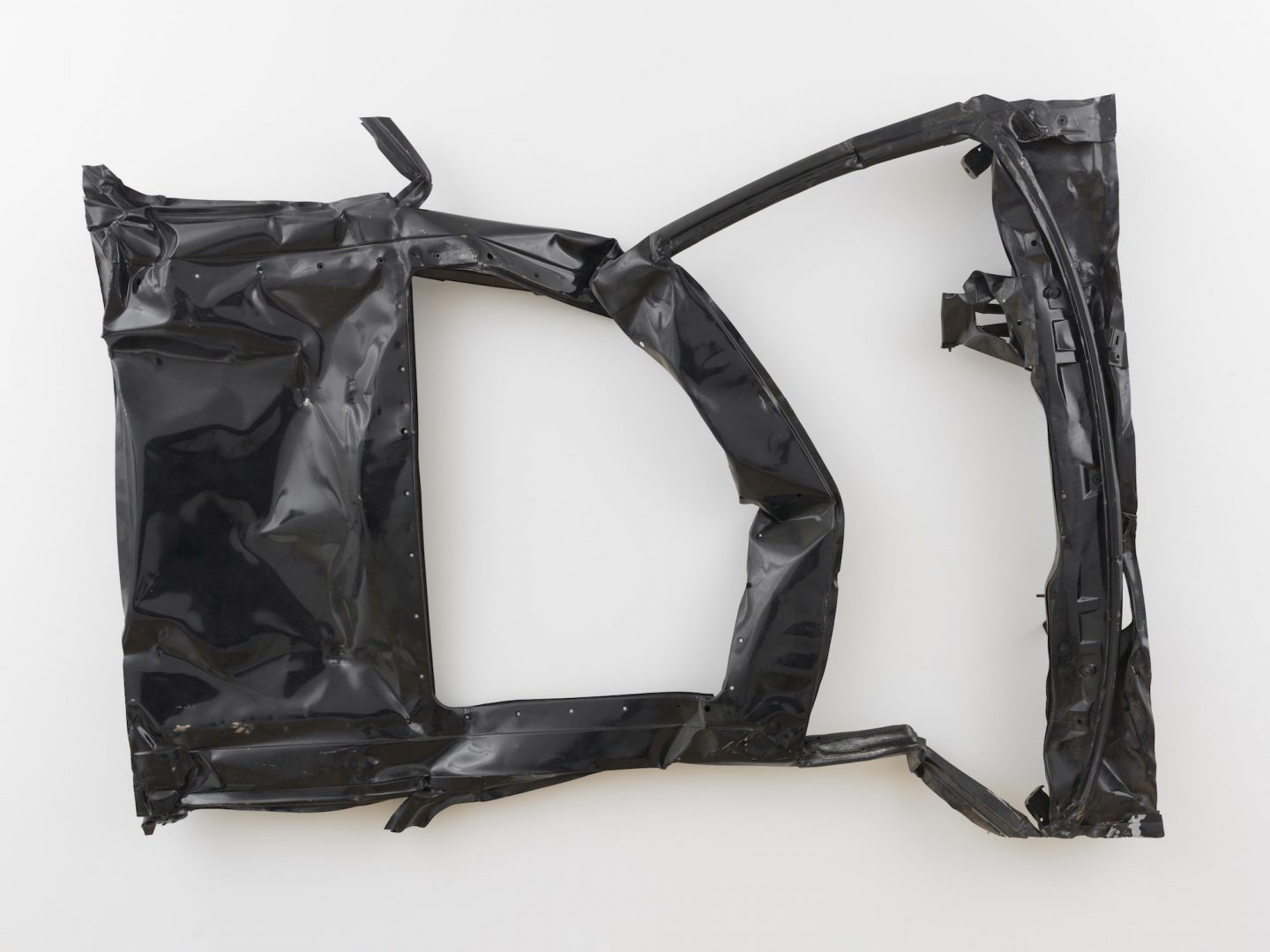
César Pavillon, 1986 Car element: sheet metal and gray paint 62 x 52 1/2 inches (133 x 185 cm) (Cesar 7)
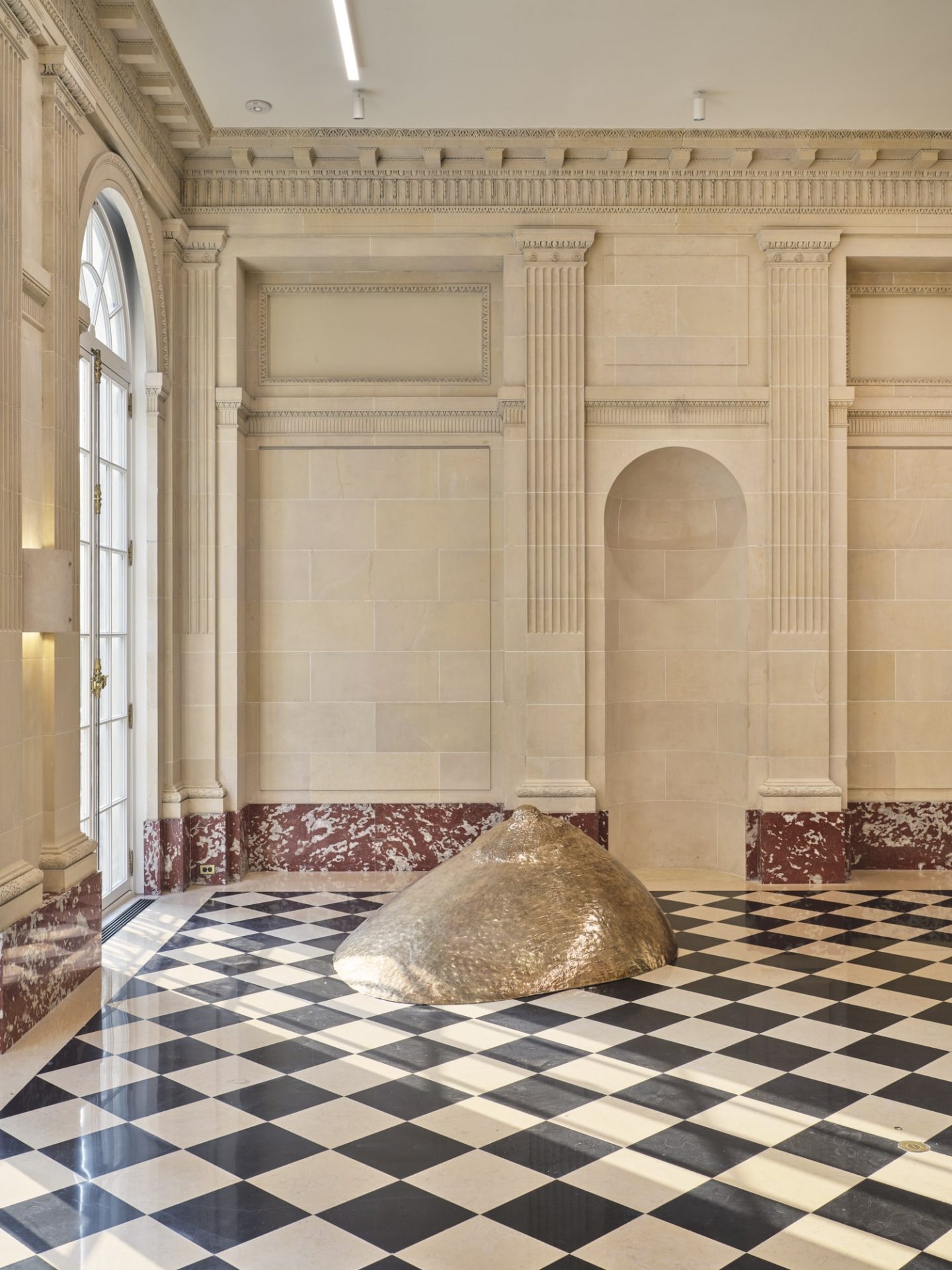
Installation view, César, Sacred Anarchy, 2021 Courtesy of the Fondation César and Salon 94, New York. Photo: Farzad Owrang
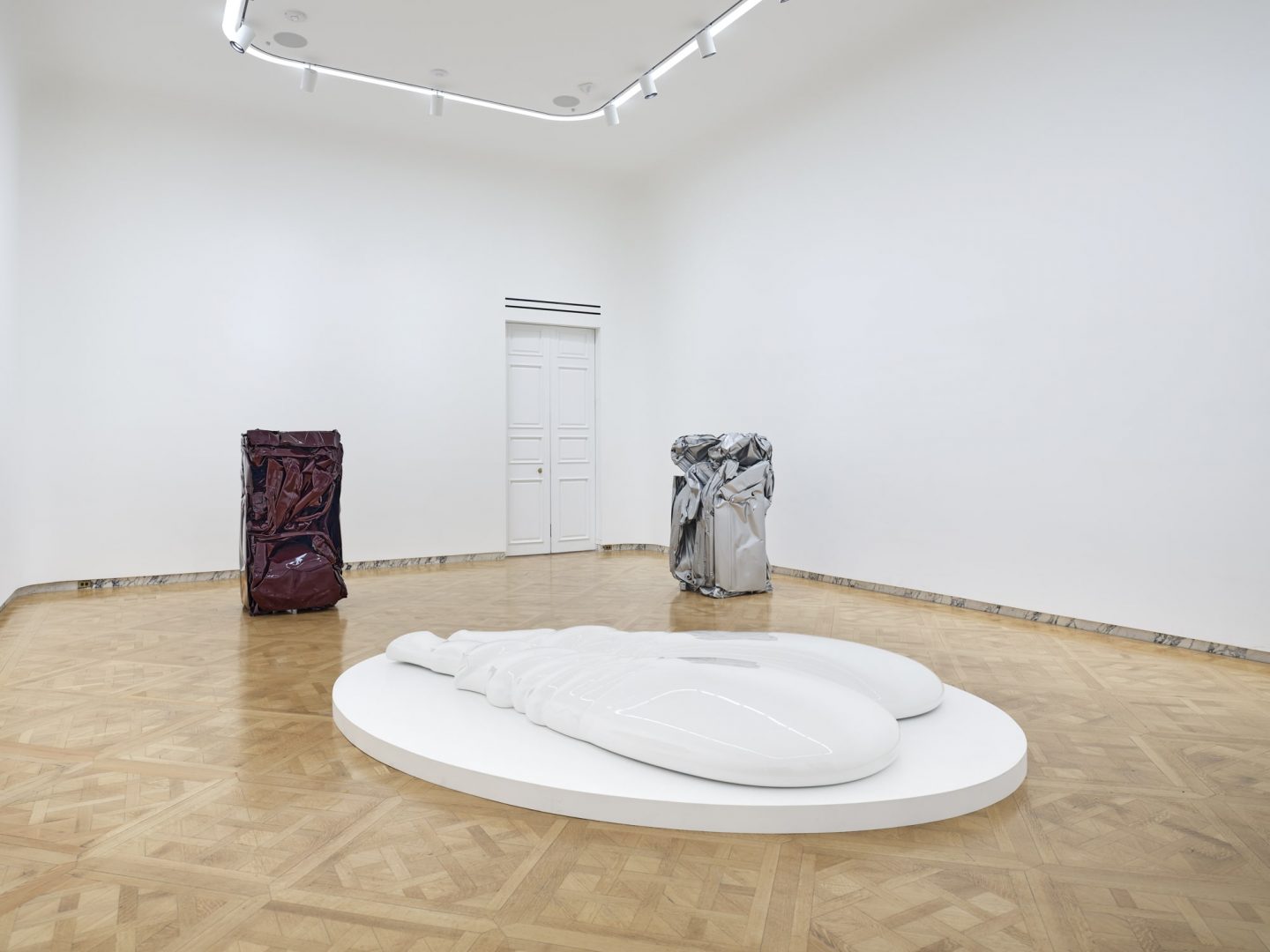
Installation view, César, Sacred Anarchy, 2021 Courtesy of the Fondation César and Salon 94, New York. Photo: Farzad Owrang
Salon 94 Pays Tribute To French Sculptor César Baldaccini With César: Sacred Anarchy
- Name
- César Baldaccini
- Project
- Sacred Anarchy
- Words
- Steph Wade














